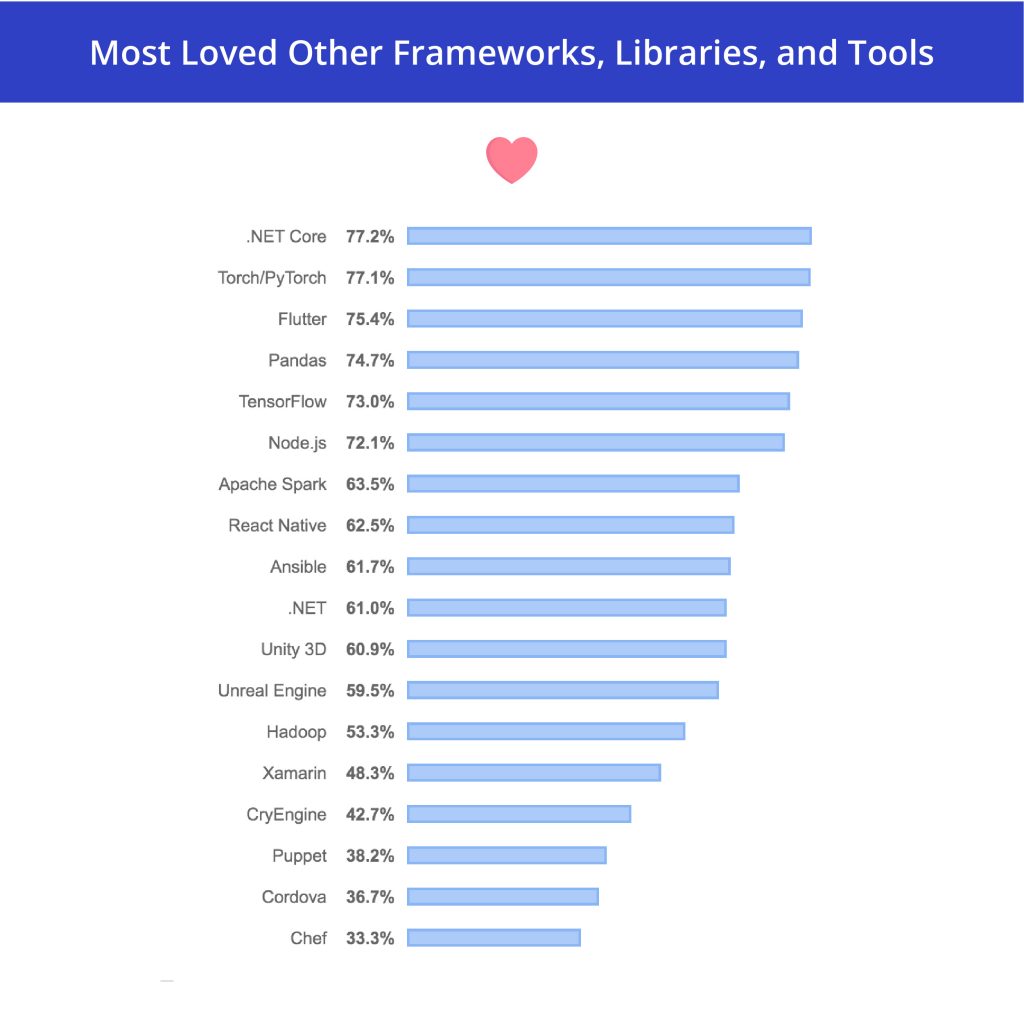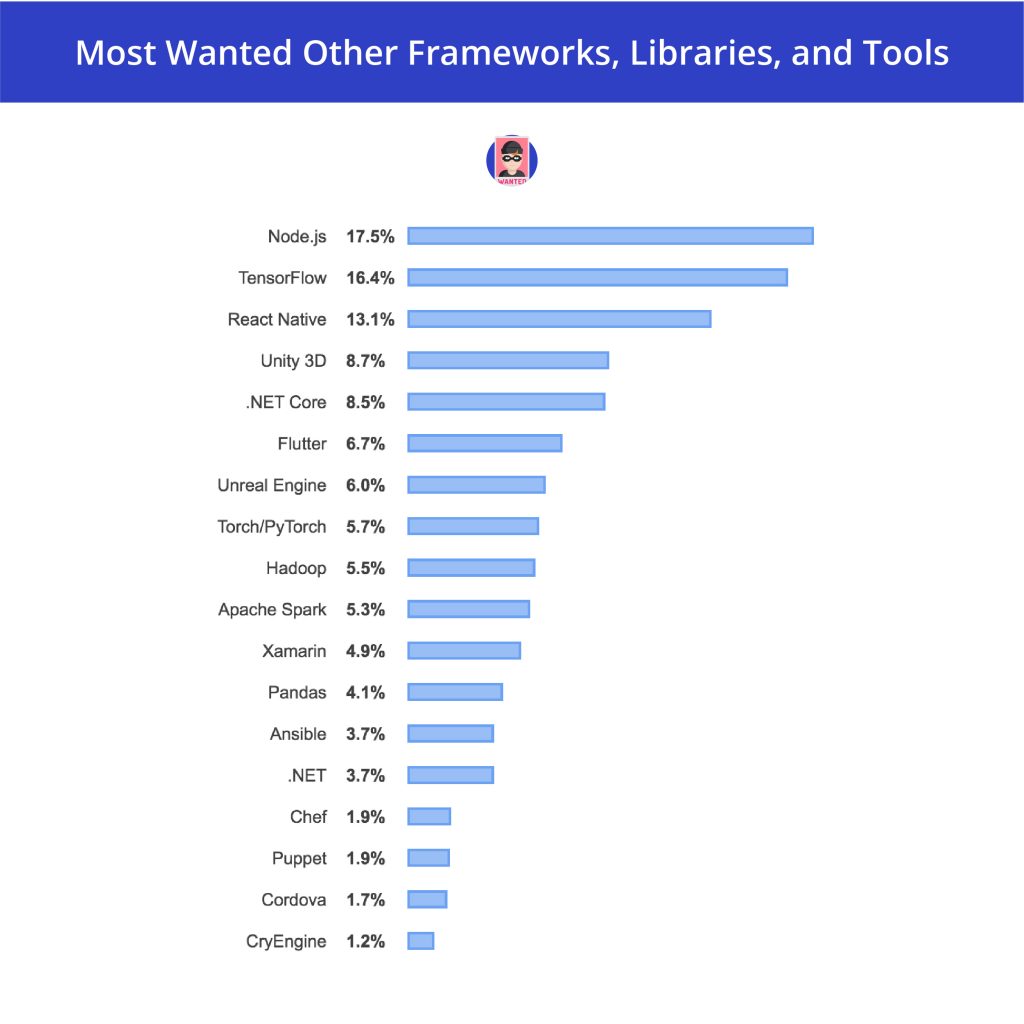Why Choose Flutter App Development When You Need a Mobile App

Our digital world comprises an endless number of devices that are running on various operating systems. As a result, entrepreneurs that want their mobile application to reach a larger audience often need to release it for different mobile platforms simultaneously.
The goal sounds logical but is not that easy to reach. It means that developers should create an app from scratch multiple times — one for each platform — using different technologies and tools. Multiple mobile apps development consumes more time, requires hiring more specialists, and thus costs more money. For small businesses, it may be challenging. That’s where native cross-platform development comes in handy.
This method implies that, instead of building two (or more) versions of one mobile application for every platform in question, an app for multiple platforms is made by applying a single codebase. The most popular cross-platform frameworks out there are React Native, Xamarin, Cordova, and, the newest among them, Flutter framework. In this article, we will explain why Flutter stands out among other frameworks and how it facilitates a much cheaper and faster app development. But let’s start with the basics.

Cross-Platform Mobile Apps Development
Mobile apps are presently divided into native, native cross-platform, hybrid cross-platform, and web apps. The differences between them are the following:
1. Native Apps. These apps are specifically developed to run on an exact operating system or platform. They are produced using a programming language native to the chosen platform. For example, for Android it will be Kotlin or Java and for iOS — Swift or Objective-C.
2. Web Apps. These apps run on the web and are stored on remote servers. The problem with web apps is that they need an Internet connection to work since they are loaded from the web and not stored on the device itself. Also, they are rarely available on app stores, which makes them difficult to find.
3. Hybrid Cross-Platform Apps. Those are the curious type since they are the same web apps, but wrapped inside a native ‘shell’ using browser built-in components for each platform. This technique allows these apps to run on every platform as if they’re native to it. Such apps work better than web apps since they do not require an Internet connection and can be published on app stores.
4. Native Cross-Platform Apps. These are a combination of native and hybrid apps that have the benefits of both and provide native-like experiences.
The latter type of apps is the product of native cross-platform development. Special tools allow writing a single code and then translate it into the native code of various platforms. Therefore, one app can be made simultaneously for different platforms with minimum effort.
Along with these advantages, the development of native cross-platform apps has its setbacks and doesn’t always work for some projects. Let’s see why.

It is also unreasonable to use cross-platform development tools while building a mobile application for a single platform. This can be tempting, since cross-platform frameworks allow developers to make an app faster and with less effort, but it will be inferior to the result of native app development.
Still, for many types of mobile apps, the cross-platform technique is more than enough, and here is why Flutter can be an optimal choice.
Flutter Framework and Its Advantages
Flutter is a free and open-source cross-platform framework by Google. It is packed with tools and widgets for making beautiful and fast apps for Android, iOS, Windows, Mac, Linux, Google Fuchsia, and the web. Since the initial release in 2018, Flutter has become one of the top-three favorite frameworks out there.



% of developers who are developing with the language or technology but have not expressed interest in continuing to do so
Flutter is based on the object-oriented programming language Dart. Other frameworks use more popular languages (JavaScript for React Native, C# for Xamarin, and HTML, CSS, and JavaScript for Cordova), but Dart is easy to learn, especially for those who are not new to object-oriented programming.
Besides the typical advantages of cross-platform frameworks, like reducing the cost and timeframe of development, there are a few distinctive reasons for Flutter becoming a rival to other frameworks and even threatening native app development. Any new technology usually brings some advancement to the way things were done before. Here is why Flutter is making a difference:
1. Hot Reload feature. This feature makes mobile apps development fast, dynamic, and even fun. It shows any changes that are made in the code straight away in the app. Developers can make adjustments and experiments faster and be more productive. For developer-designer teamwork, such a feature is useful since they can see the changes and design flow on the spot. Hot Reload has its limitations, but compared to most used tools which usually take time to show the changes, it is still a win.
2. A perfect tool for making a minimum viable product (MVP). If you need a ‘basic’ app (e.g., a food delivery app can be an MVP), or need to show something to investors, or maybe both, Flutter can help. (If you’re not sure, you might check out the Flutter Gallery app which showcases a few apps made with Flutter, as well as its widgets in action.)
3. One code for two major platforms. For producing an app for both iOS and Android, Flutter uses one codebase. It has the designs and widgets for creating the same app for both platforms. More so, if there is a need to make one version of an app somewhat different, it can be done with Flutter.
4. Widgets. The reason Flutter can make similar applications for iOS and Android is because of widgets. Developers can build their own or use widgets from Flutter’s vast catalog (and change them). The widgets are made to be the same for all platforms, so the application’s versions will be identical.
5. Old devices get the same UI. Flutter supports the development for Android versions starting from Jelly Bean and iOS versions starting from 8.
6. Reduced time for testing. Since Flutter mobile apps development leverages a single codebase, testers need to check only one code for all versions of a single app, unless there were some differences made between versions.
Is Flutter Worth a Try?
Flutter has some setbacks as well. For example, its libraries are not big enough in comparison with native app development, although support for Flutter grows rapidly. Also, few continuous integration (CI) tools support it, but Flutter has its own, called Codemagic.
Currently, Flutter should be chosen carefully for the development of the following apps:
1. Web and instant mobile applications. Such applications are characterized by the small size, whereas apps made with Flutter are bigger than native ones, even optimized.
2. Apps that need rare libraries. As was mentioned before, Flutter libraries still can not keep up with libraries available for native app development. It will be possible to implement custom platform channels for the necessary libraries, but it takes time.
3. Apps that need an advanced Bluetooth feature. Although Flutter has its plugin for Bluetooth, FlutterBlue, it is not mature enough to provide complex Bluetooth solutions.

Overall, the advantages of the Flutter framework outweigh its disadvantages. Backed by Google, it is quickly strengthening its position to become something more than a ‘promising future’. It is worth considering when an app is required quickly for both iOS and Android. The resulting apps will be almost native-like, and widgets will make them indistinguishable for both platforms.
Cross-platform mobile development is arguably the most popular trend in software development. It is not a universal solution, though, because the approach to any product development is different and depends on budget, time-constraints, and business objectives. Some business ideas may be strictly iOS-oriented, some would glean the benefits of both mobile platforms, and some can work with the simplest web application possible.
If you have an idea for an app that can shine on both iOS and Android platforms, please feel free to share it with us. Together, we will make the most of your ideas!
Content created by our partner, Onix-systems.
 Home
Home